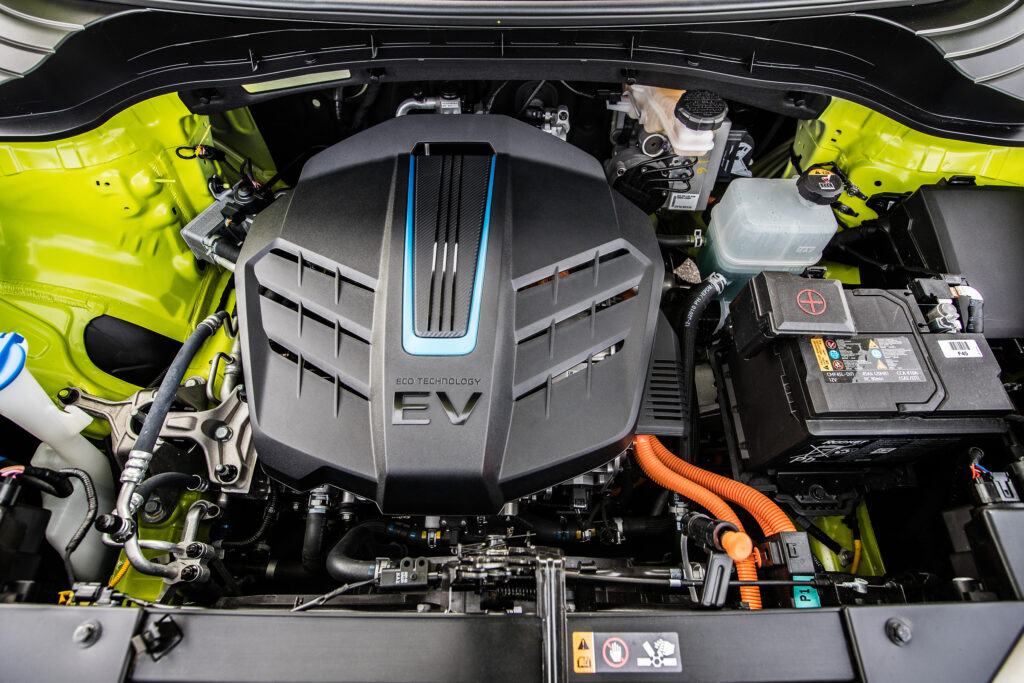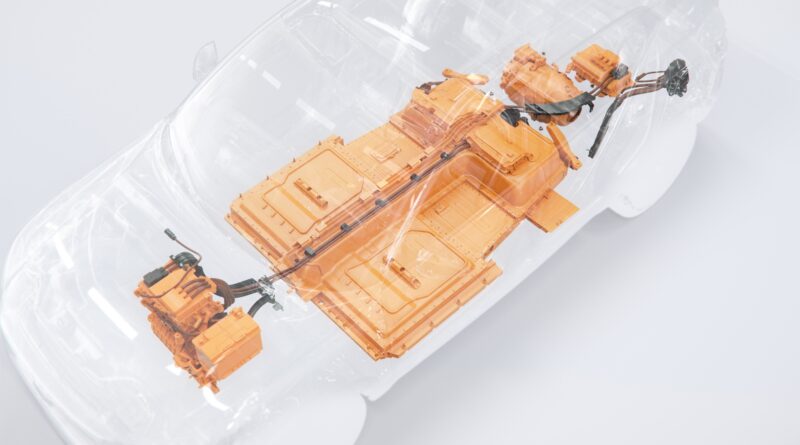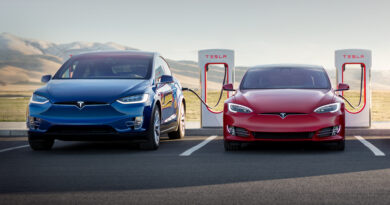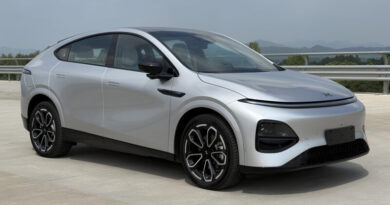Do electric cars have 12V batteries?
Yes, just like normal cars, EVs have 12-Volt batteries.
There are two very good reasons why.
Cost is one. Like any other kind of car, an EV has headlights, indicators, brake lights, windscreen wipers, an audio system, and other electric devices. With a 12V battery, the same inexpensive, mass produced components used in a normal car can be used in an EV.
Safety is the second reason. The high-voltage battery pack that powers an EV’s wheels stores a lot of energy, more than enough to deliver a fatal shock. So when an EV is shut down, it’s a very good idea to electrically isolate its battery pack.
Want the latest EV news, reviews, tips and advice delivered to your inbox? Subscribe to our weekly newsletter!
Disconnecting the battery pack from the rest of the car’s high-voltage system minimises the chance of potentially hazardous electrical faults occurring.
Electrically powered switches, known as relays, handle the isolation and reconnection of the battery pack on shut-down and start-up. They require power, which is provided by the 12V battery.

When an EV’s 12-volt battery is flat or dead, it won’t be possible to start it.
The good news is that an EV can be jump-started, just like an ICE-powered car, using jumper leads.
The 12V battery in an EV is charged from the battery pack via a convertor. This steps down the voltage of the battery pack, typically around 400V, to the 14V or so needed to charge a 12V battery.
Batteries of all types store and supply only direct current, so this component is called a DC/DC convertor.




